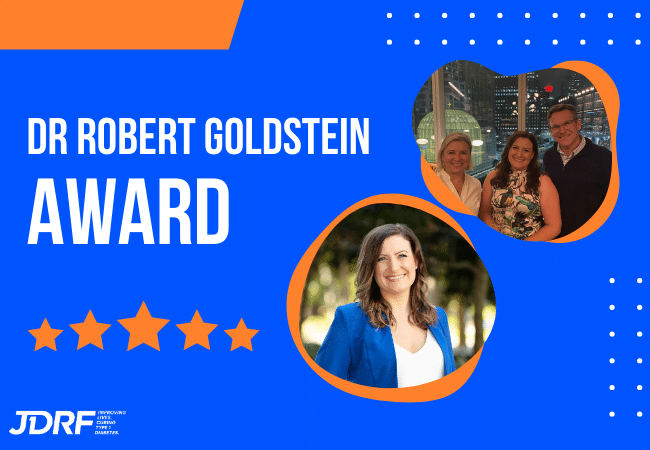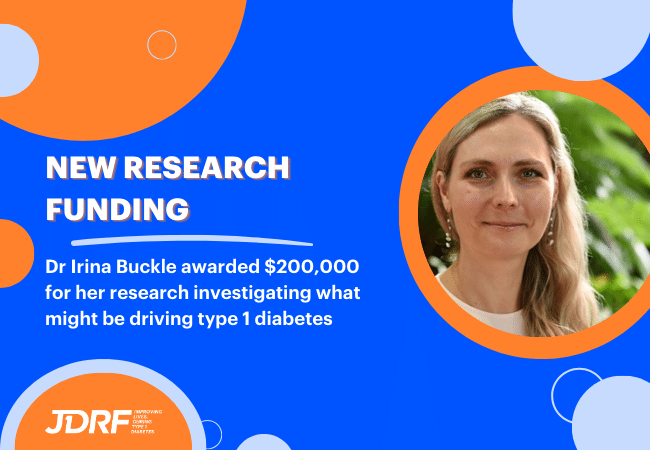How does a clinical trial work?
Clinical trials are an essential part of T1D research. Before any new intervention – whether it’s a drug, device, or test – can be made available to the public, researchers need to gather evidence that it is safe and effective for people to use.
A clinical trial is the gold standard way to do this. Running a clinical trial is a long and expensive process, but one that is essential to ensure that new scientific breakthroughs can improve the lives of people with T1D. Read on to find out the steps involved in carrying out a clinical trial.
Before the trial
Approval
Clinical trials in Australia are regulated by codes of conduct that aim to protect both the integrity of the research, and the safety and wellbeing of participants.
Before a trial can be given the green light, the researcher’s plan needs to be reviewed and approved by a Human Research Ethics Committee (HREC). Clinical trials that are testing unapproved substances or devices must also comply with guidelines from the Therapeutic Goods Administration (TGA). A clinical trial plan will only be approved if the reviewers are sure that the trial is as safe as possible, and that researchers have thought about how to reduce the risk of harm to participants.
Recruitment
Once the clinical trial is approved, the next step is to recruit participants. This can take a long time, as trials usually have strict criteria for taking part – they might only be looking for people who have had type 1 diabetes for a certain length of time, or who have a specific HbA1c reading.
During recruitment, the people running the trial will explain the clinical trial process thoroughly – including what is expected of participants, as well as the benefits and risks of taking part. Once participants have understood the details of the trial, they will need to sign a consent form declaring that they are willing to take part. Giving consent doesn’t mean a person can’t change their mind – clinical trial participants are free to leave the trial at any time, for any reason.
During the trial
The best way to determine if an intervention has worked or not is to compare it to something else – either another intervention, or a placebo. Clinical trials do this by splitting participants up into two groups – one group that is given the intervention being tested, and one that is given either another intervention that’s already in use, or a placebo. The second group is known as a control group. The aim of a clinical trial is to compare responses between the groups. The results have to be different enough to prove that the response has not just happened by chance.
Where possible, researchers will try to run a ‘double blind’ trial. This means that neither the researchers nor the participants know which intervention they are receiving, which helps to reduce the effects of bias. Some trials are ‘single blind’, meaning the researchers know who is receiving what intervention, but the participants do not. In some cases, it is not possible to run blinded trials – like when the intervention is a device such as an insulin pump.
After the trial
Once the clinical trial finishes, the participants don’t have to do anything else. The researchers will analyse the data they have collected and make a decision whether the intervention should continue to the next phase. Once enough evidence has been gathered in advanced trials, the researchers can seek approval for general use by the relevant authorities – such as the Therapeutic Goods Administration.
If you have taken part in a clinical trial, the researchers should make the results available to you directly. The researchers also usually report their findings from the trial in a scientific journal, but it often takes some time for results to become available, especially for larger trials.
Want to hear more about clinical trials? Sign up to Game Changer, or read about what it’s like to take part here.
You can also find clinical trials in your area that are looking for participants with our Trial Finder.




